What gear does one need for first-time skiing?
Skiing is one of the most popular winter sports for both kids and adults, and the annual ski trips are always highly anticipated. Good preparation will make the ski touring experience more memorable. If you are going on your first-time ski trip, this post of the ski packing list is for your reference.
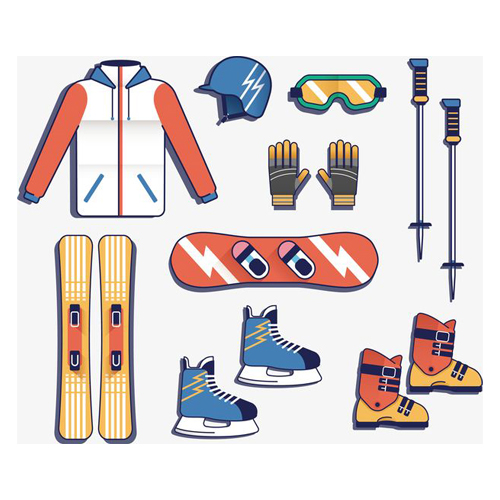
First-Time Skiing Checklist:
- Skis, Poles, Ski Boots, and Bindings. Branded high-quality ski gear is a significant expense. If you are a beginner on a budget and don’t have your gear, it’s a good choice to rent them from the resort.
2. Ski Helmet. Whether you’re a total beginner or a seasoned pro, helmets are an important addition to your ski outfit. There’s been a huge surge in the popularity of helmets, and for good reason – protecting your brain is a priority!
Helmets can range from around US$25 to US$500, depending on the protection and features they offer. But no matter how much you pay for a helmet, it won’t protect you if it doesn’t fit. When worn, a helmet should fit snugly without digging in and shouldn’t move when you shake your head. When buying a helmet for your child, never buy a bigger size for them to grow into as you will compromise their protection.
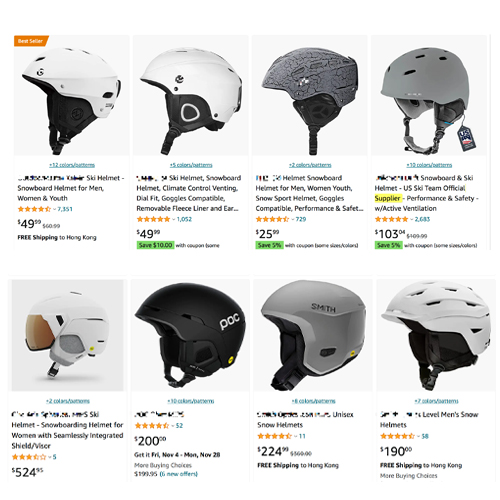
- Beanie Hats. Beanies can be critical in keeping your body warm in low temperatures, especially in the mountains. As soon as your head gets cold, the rest of your body will quickly follow suit, so it is worth making sure that you take decent-quality headgear on your trip. As soon as your helmet comes off, your hat should go on whether that’s at après, walking around the resort, or sitting outside at lunchtime. So, make it a good one!
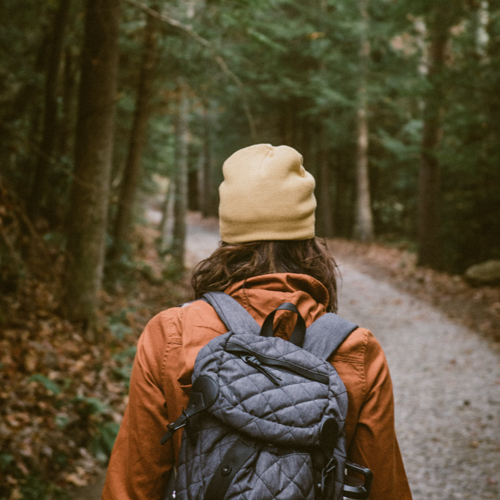
4. Gloves / Mittens.
Ever tried holding a ski pole with frozen hands? We can assure you it’s not easy or pleasant! Make sure your handwear is up to scratch – waterproof construction with insulation technology is a must. Separate thermal inners are always a good save if you need that extra bit of warmth in your fingertips.
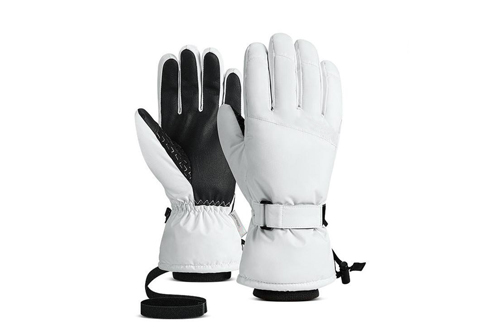
5. Goggles.
Clear pistes are best viewed through a protective lens which will stop snow, ice, and sun from affecting your vision. You can beat snow glare, flat light, and changing weather conditions with lenses specifically designed for your surroundings, and most leading goggles brands now offer interchangeable lenses. To protect your forehead, there shouldn’t be a gap between your helmet and goggles. You’d better take your helmet along when buying goggles to make sure you get a comfortable fit when worn together.
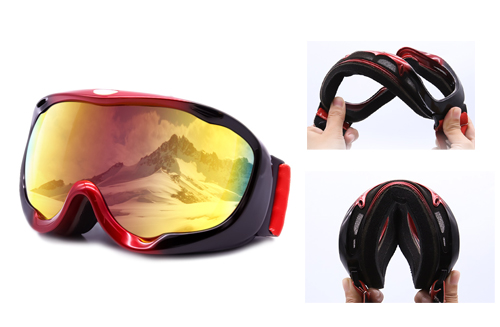
6. Ski Jacket and Ski Pants
It’s easy to base a jacket choice on style alone, but as your biggest barrier to the cold, it must first be wind and water-resistant. To maintain a comfortable temperature no matter what the conditions, choose a jacket with zip vents and good breathability so that you don’t overheat or let the cold in. Vents shouldn’t be the only zip-able feature on your chosen jacket, zip pockets are essential for keeping your valuables safe when you’re on the slopes.
7. Skiing Protective Gear | Knee and Hip Protection Pads
It is inevitable for novice skiers, especially children, to fall at the beginning of their skiing careers. Skiing with protective gear is a great way to protect your knees and hips. Some cute design protection pads can make you the highlight of the whole ski resort. lol…
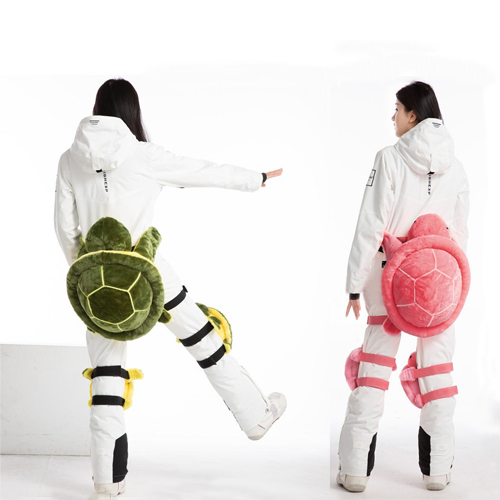
8. Wicking Underwear
It may be hard to tear yourself away from the comfort of cotton but wicking underwear is the key to staying comfortable all day. Not only does it dry faster than cotton-based garments, but it also draws perspiration away from the skin, leaving you feeling fresh and ready to go.
9. Mid-layers / Fleeces
The mid-layer is the main item of clothing that traps that vital body heat that’s so precious up in the mountains. Mid-layers range from tight-fitting, synthetic fleeces to more free-flowing hoodies and down inner jackets. As well as your base layer, this layer needs to be breathable to ensure the thermal efficiency of this garment doesn’t cause any unwanted moisture buildup.
10. Ski Socks.
A great day skiing can easily be cut short by cold feet, and you can avoid that disaster by investing in some good quality ski socks made from either synthetic material or wool. A common misconception is that two pairs may keep you warmer, but this generally leads to discomfort and reduced circulation. A good pair will provide warmth, comfort, and moisture-wicking properties to ensure that nothing stops you on the slopes.
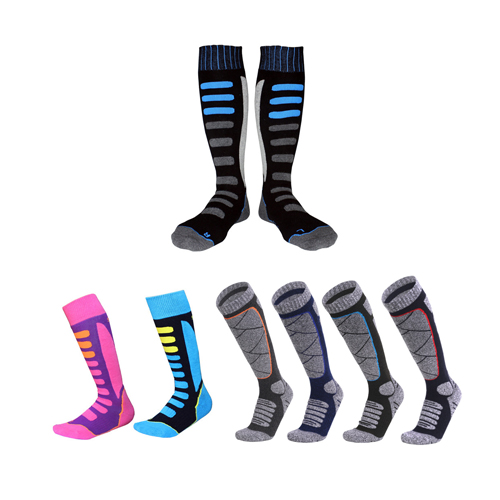
How many days should a beginner ski?
- Skiing, like other sports, is also an exercise that consumes physical strength. A novice may not be able to handle skiing’s physical strength for a long time, so a minimum of three days of skiing for the first trip would be great. If you can manage four to seven days, make sure your body feels good, practice skiing for three days, take a day off, and practice again, that works well too. A three-day trip and a four-day trip can work well.
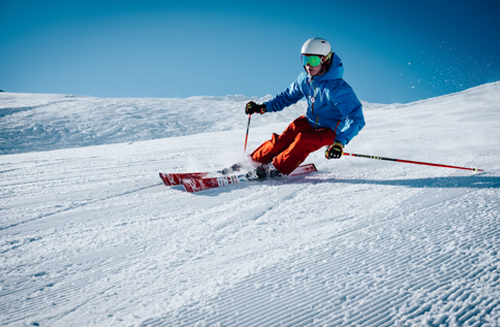
What should I carry in my ski bag?
- In addition to the above-mentioned essential ski supplies of ski helmets, goggles, ski hats, ski gloves, etc., your ski backpack bag can also hold a sports bottle, some snacks, a walkie-talkie, a portable first aid kit, and a compass (if backcountry skiing) optionally.
What is the best month to go skiing?
- When it comes to ski conditions, generally, early January through early March is the best time to ski. It’s peak powder time, and the slopes are less crowded.
- The best time to ski and snowsport in Japan Hokkaido is in January and February. For festivals, the best time to go is from late January to mid-February. If you want to get a great deal and enjoy stunning weather, March and early April is the time to go.
- Visiting Canada between December and March is generally the ideal time if you want the best skiing and snowboarding conditions. If you’re looking to get the best price, traveling from late March to early April is best, as both the crowds and the snow have slowed down as the warmer months begin.
- The best time to go skiing in Europe is in January. January tends to hold the best deals for European ski resorts, so this post-Christmas season is a good time to go. If you’d rather go at a less busy time, the best month to go skiing is late January, which is also quiet and more peaceful, as people find they need to save money after an expensive Christmas!
Want to have your own new online retail store of ski-related products?
Want to add ski accessories to your existing product line?
Looking for reliable Chinese ski product manufacturers?
Our one-stop purchasing service will assist you to start your own business from 0 to 1 quickly and safely.
Contact us today to discuss the details!


